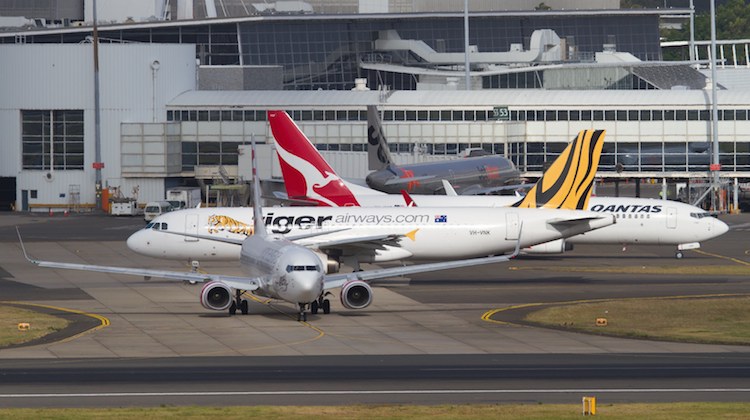
The Bureau of Infrastructure, Transport and Regional Economics (BITRE) said capacity, as measured by available seat kilometres, on regular public transport (RPT) services fell 0.8 per cent in September, compared with the prior corresponding period.
Meanwhile, the number of domestic passengers carried rose 0.2 per cent in the month.
The BITRE report said load factors on domestic RPT flights rose to 0.6 percentage points to 76.5 per cent in September.
“Load factors on individual routes increased on 31 of the 60 RPT routes for which data is available in both years,” the BITRE report said.
At the Qantas annual general meeting in October, chief executive Alan Joyce said the airline group achieved higher passenger loads and yields – an industry measure of average airfares per passenger – in September, compared with the same month a year ago.
Joyce said the airline had adjusted capacity to “reflect the current weak environment” and indicated the broader market was doing the same.
“Based on the published schedules we now expect growth to be flat – that is, zero market capacity growth for the first half,” Joyce told shareholders on October 24.
Virgin Australia holds its annual general meeting in Brisbane on Wednesday.
Tourism Australia’s aviation newsletter for October said capacity declines continued to be focused on high traffic mining routes.










